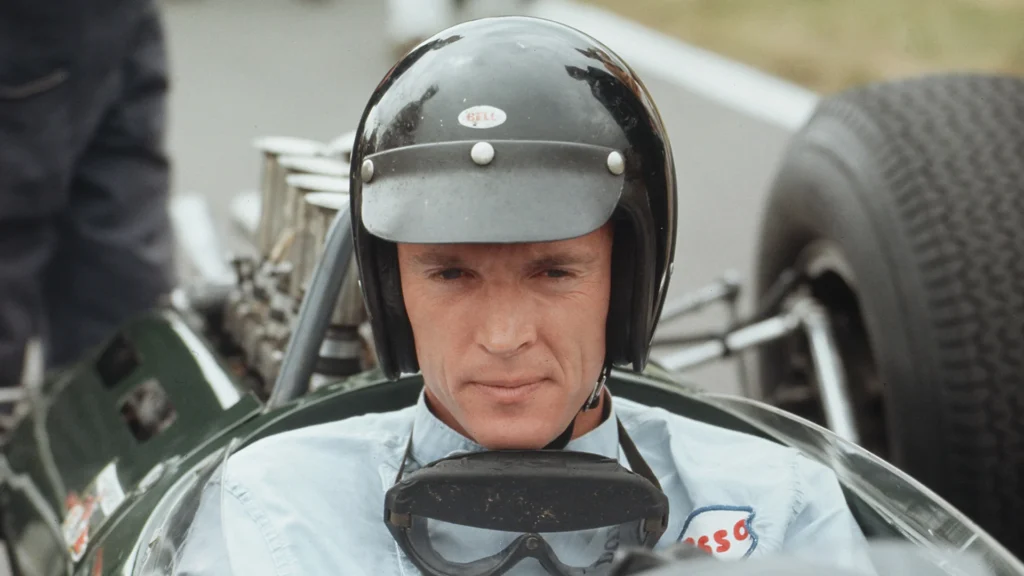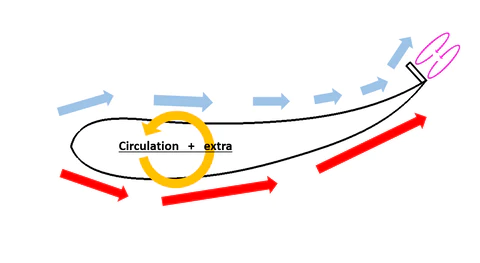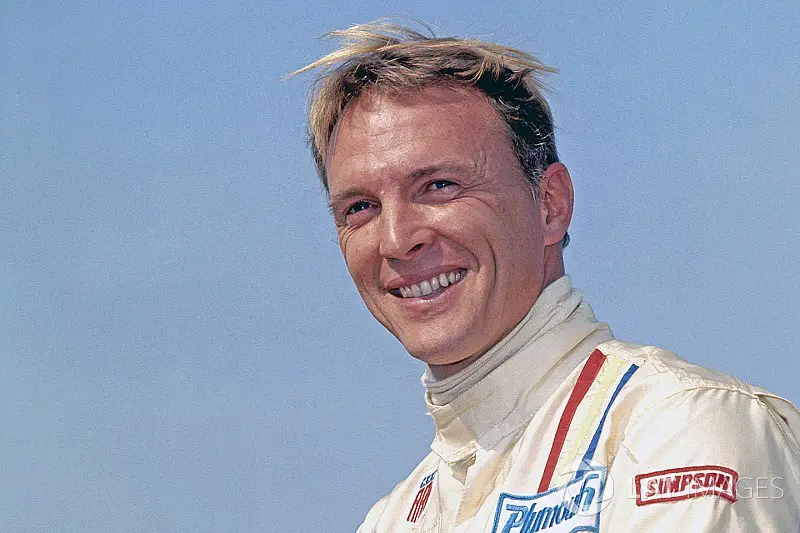Dan Gurney was one of the most popular and respected drivers in F1 history, and one of the most versatile and innovative drivers in motorsport history.
Dan won four races and scored 19 podiums in F1, driving for Ferrari, Porsche, Lotus, Brabham, and his own All American Racers team. He also won races in IndyCar, NASCAR, Can-Am, and sports cars. He was the first driver to spray champagne on the podium and the first to wear a full-face helmet. Dan also invented the Gurney flap, a simple device that improves the aerodynamics of a car.
In this article we will look at the highlights of Dan Gurney’s motorsport career.
Dan Gurney – Ferrari
Gurney’s F1 career started with Ferrari in 1959, where he impressed with his speed and skill. He scored his first podium at the Monaco Grand Prix, finishing third behind Jack Brabham and Tony Brooks.
He also won the 12 Hours of Sebring with Chuck Daigh, driving a Ferrari Testa Rossa.
Dan Gurney – BRM
In 1960, he moved to BRM, where he faced a difficult season with an unreliable and uncompetitive car. He scored only one point, finishing sixth at the Belgian Grand Prix.
He also suffered a serious accident at the Dutch Grand Prix, where his car flew over the fence and killed a young spectator. Gurney was deeply shaken by the incident but continued to race.
Dan Gurney – Porsche

In 1961 and 1962, he joined Porsche, where he enjoyed more success and became a fan favorite. He scored his first F1 win at the 1962 French Grand Prix, driving a Porsche 804.
He also won the 24 Hours of Le Mans with Jo Bonnier, driving a Porsche 356.
Dan Gurney – Lotus
In 1963, he moved to Lotus, where he teamed up with Jim Clark, forming one of the strongest driver pairings in F1 history. He won two races that year, at the Belgian and German Grands Prix, driving a Lotus 25.
He also finished second in the drivers’ championship behind Clark.
Dan Gurney – Brabham
In 1964 and 1965, he drove for Brabham, where he won one race at the 1964 Mexican Grand Prix, driving a Brabham BT7.
He also finished fourth in the drivers’ championship in both years.
All American Racers (AAR)
In 1966, he decided to follow the example of Jack Brabham and set up his own team: All American Racers (AAR).
He designed and built his own car: the Eagle T1G-Weslake, which was powered by a Weslake V12 engine.
The car was widely regarded as one of the most beautiful cars ever made, with its distinctive blue-and-white livery and elegant shape.
In 1967, Gurney achieved his greatest F1 triumph: winning the Belgian Grand Prix at Spa-Francorchamps with his Eagle T1G-Weslake.
He Was the Second Driver to Win in His Own Car
Dan became the second driver after Jack Brabham to win an F1 race with his own car and team. He also became the first driver to spray champagne on the podium, starting a tradition that continues to this day.
A week later, he teamed up with A.J. Foyt to win the 24 Hours of Le Mans with Ford GT40 Mk IV. He became the first driver to win Le Mans and an F1 race in consecutive weekends.
He also became the first driver to wear a full-face helmet in F1, after suffering burns from an exhaust pipe at Le Mans.
Gurney continued to race in F1 until 1970, but his team struggled to compete with the more established and better-funded teams.
He scored his last podium at the 1968 Canadian Grand Prix, finishing third behind Denny Hulme and Bruce McLaren.
McLaren
He also drove for McLaren in some races in 1968 and 1970 but did not score any points.
Dan Gurney Retirement
Gurney retired from F1 at the end of 1970, having won four races and scored 19 poles in 86 starts. He continued to race in sports cars until 1972, winning several races with Porsche and Ferrari.
He also raced in IndyCar until 1970, winning seven races and finishing second in the championship twice.
The Gurney Flap

Gurney then focused on developing his team and his cars. He invented the Gurney flap, a simple right-angle extension on the upper trailing edge of the rear wing that increases downforce and improves handling.
He also designed and built cars for IndyCar and sports cars that won several races and championships.
Conclusion
Gurney died on January 14, 2018, at the age of 86. He was widely regarded as one of the greatest drivers of all time, and one of the most influential figures in American motorsport.
He was inducted into various halls of fame, including the International Motorsports Hall of Fame and the Motorsports Hall of Fame of America

